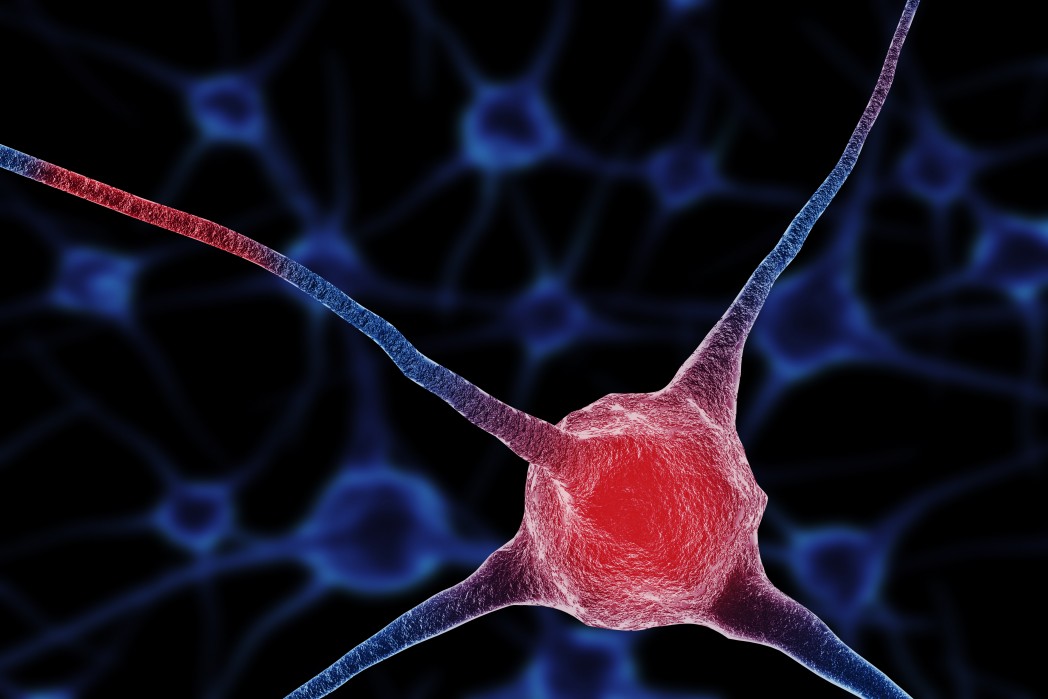Key Players in Neuroinflammation Tied to ALS, Depression Highlighted

A recent review summarized the effects of immune system dysregulation and neuroinflammation in the regulation of critical pathways associated with depression and other brain disorders, including amyotrophic lateral sclerosis (ALS). The researchers specifically focused on extracellular vesicles (EVs) as potential biomarkers and drug delivery vehicles.
The review, “Neuroinflammation and Depression: Microglia Activation, Extracellular Microvesicles and microRNA Dysregulation,” was published in Frontiers In Cellular Neuroscience.
The communication between microglia — a type of glial cell in the brain and spinal cord with an important role in neuronal cell death and synaptic interactions — and neurons is essential to synchronizing microglia’s diverse functions in brain activity. Evidence increasingly shows that secreted extracellular vesicles (EVs), specifically ectosomes and exosomes, are key players in intercellular signaling. These EVs may carry specific proteins, mRNAs and microRNAs (miRNAs). Transfer of exosomes to neurons has been found to be mediated by oligodendrocytes, microglia, and astrocytes that may either be supportive to neurons or, instead, disseminate diseases that share several processes associated with neuroinflammation, like ALS, Alzheimer’s and Parkinson’s.
Neurons use glial cells’ exosomes to improve stress tolerance, as these vesicles can act as multifunctional signal emitters. Exosomes may, therefore, play a role in neuroinflammation and disease progression, either by not releasing adequate growth factors and neurotransmitters or by transporting inflammatory miRNAs. Additionally, exosomes can eliminate toxic proteins and act as neuroprotective agents, or — depending on their miRNAs’ cargo — they can be mediators of neuroinflammation.
The production of EVs in patients’ own cells may be engineered to load specific miRNAs and to express known proteins at the cellular surface, allowing them to be recognized by specific cell types. In the future, this may be an ideal strategy for personalized autologous therapies for patients with neurodegenerative and depressive disorders.






